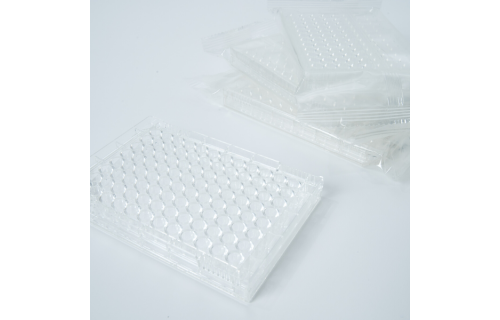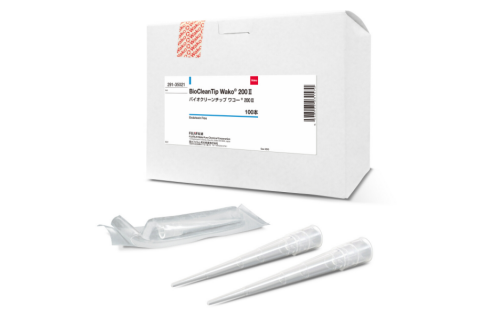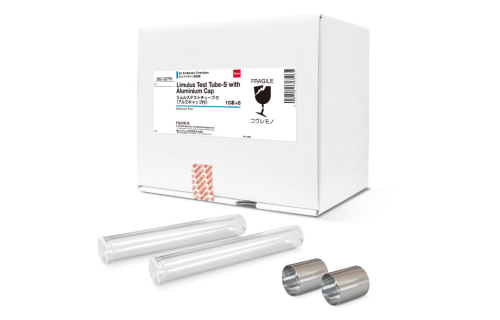Strategies for getting the longest use out of reagents and accessories
The rational use of reagents and accessories helps to ensure reliable experimental results, to reduce experimental costs, and to decrease the amount of waste and environmental pollution. Various strategies have been developed to achieve these goals,1 including the careful handling and storage of reagents, scaling down their use, optimizing the disposal process, and implementing a laboratory information management system (LIMS).
Careful handling of reagents and accessories
The careful handling of reagents ensures that they will retain their biological activity for the longest time possible.
- Minimize reagent exposure to air and humidity – Prolonged exposure to air and humidity may negatively affect reagents’ quality and shelf life. Accordingly, to minimize exposure, reagent caps should be replaced immediately after use and tightened carefully.
- Prevent reagent contamination – Any contamination would render a reagent unreliable for future experimental use. Thus, it is critical to ensure that all reagent containers, caps, and handling accessories, such as spatulas, are free of contamination. In many instances, this means that they should be sterile and endotoxin-free. However, requirements may vary depending on the reagent in question, and the manufacturers’ instructions should be followed.
- Select lab containers produced from suitable materials – Appropriate materials should be selected for the production of lab containers to prevent the risk of corrosion or a reaction after chemical exposure.
Optimal conditions for the storage of reagents
Reagents are sensitive to the influence of environmental factors, whereas appropriate storage conditions prolong the shelf life of reagents and help them maintain maximal effectiveness.
- Store reagents in a dry place – Reagents should not be stored under moist or damp conditions.
- Do not expose reagents to direct sunlight – Most reagents should not be exposed to direct sunlight. Hence, manufacturer-provided reagent containers are designed to protect light-sensitive reagents. In addition, certain reagents should be stored in the dark, which is reflected in the manufacturers’ instructions.
- Avoid temperature fluctuations – Reagents should be stored at consistent temperatures according to the manufacturers’ instructions. While for many reagents storage in a cool place is recommended, other reagents may require refrigeration or freezing. However, pronounced temperature fluctuations should be avoided in all cases.
Rational and efficiently managed reagent use
- Reduce the scale of experiments to the minimal quantity necessary to reliably achieve your research goals, which will reduce research costs.
- Reuse and recycle reagents and accessories whenever possible. Technological advances have enabled the recycling of more reagents.2 This approach has important implications both for cost reduction and for the minimization of environmental pollution.
- Educate laboratory staff about the benefits of rational reagent use and waste management to raise awareness and improve compliance.
- Implement a LIMS to maintain a clear overview of your samples and reagents as well as their expiration dates.
Literature sources
- American Chemical Society. Less is better: Guide to minimizing waste in laboratories. 2002. Available online at: https://www.acs.org/content/dam/acsorg/about/governance/committees/chemicalsafety/publications/less-is-better.pdf
- Igawa T, Ishii S, Tachibana T, Maeda A, Higuchi Y, Shimaoka S, Moriyama C, Watanabe T, Takubo R, Doi Y, Wakabayashi T, Hayasaka A, Kadono S, Miyazaki T, Haraya K, Sekimori Y, Kojima T, Nabuchi Y, Aso Y, Kawabe Y, Hattori K. Antibody recycling by engineered pH-dependent antigen binding improves the duration of antigen neutralization. Nat Biotechnol. 2010;28(11):1203–1207. doi: 10.1038/nbt.1691.






